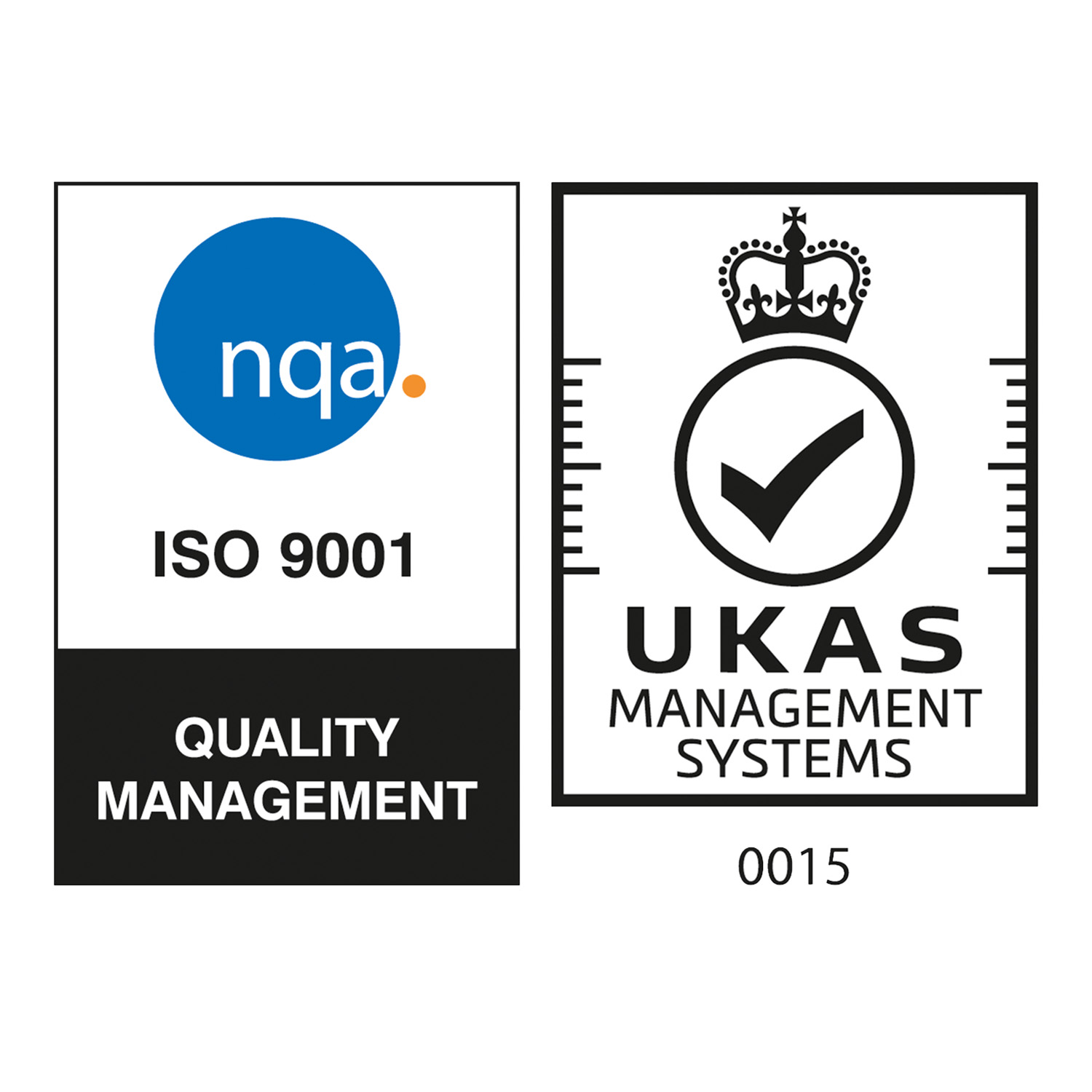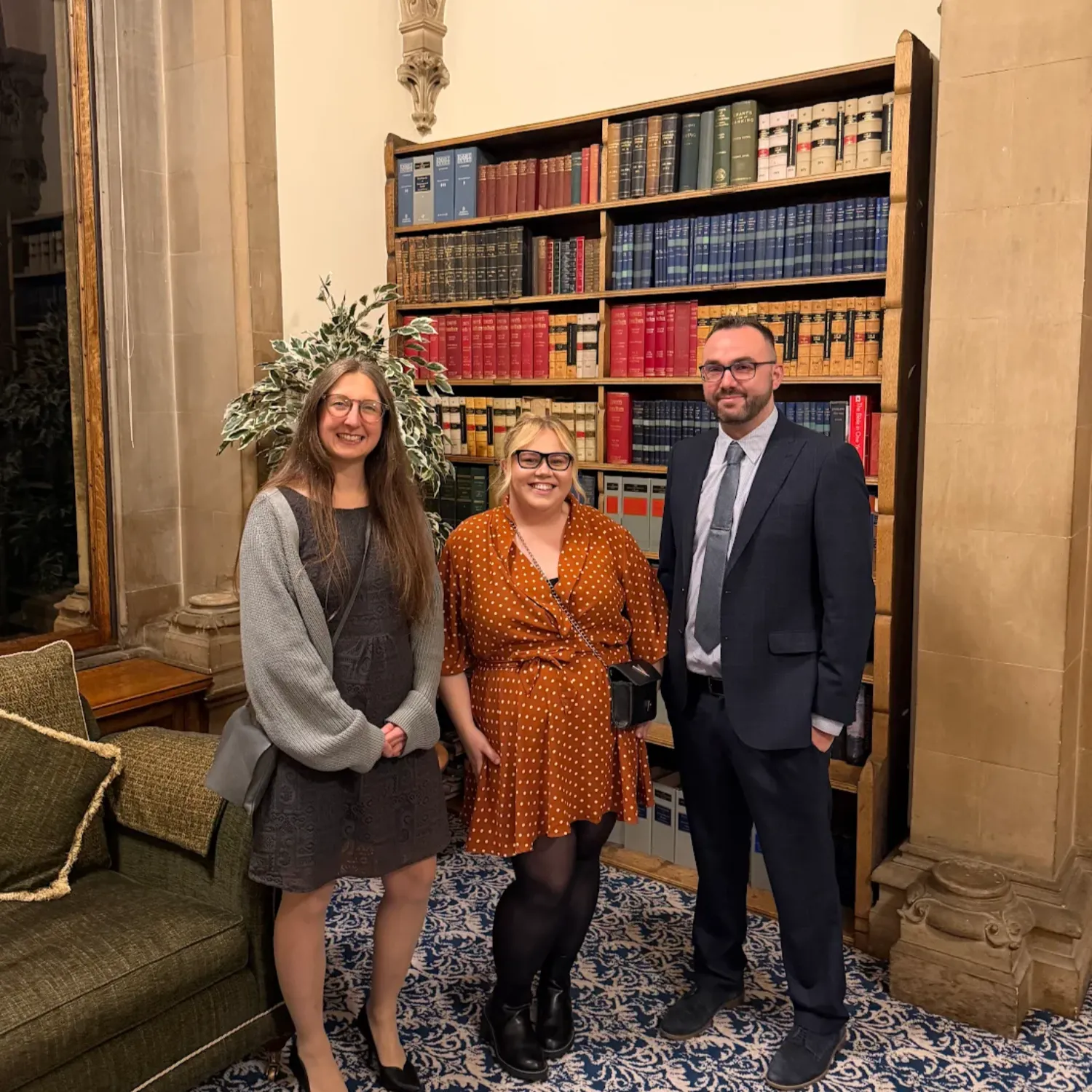Case Study: Insulation of Solid Walls in Older Buildings
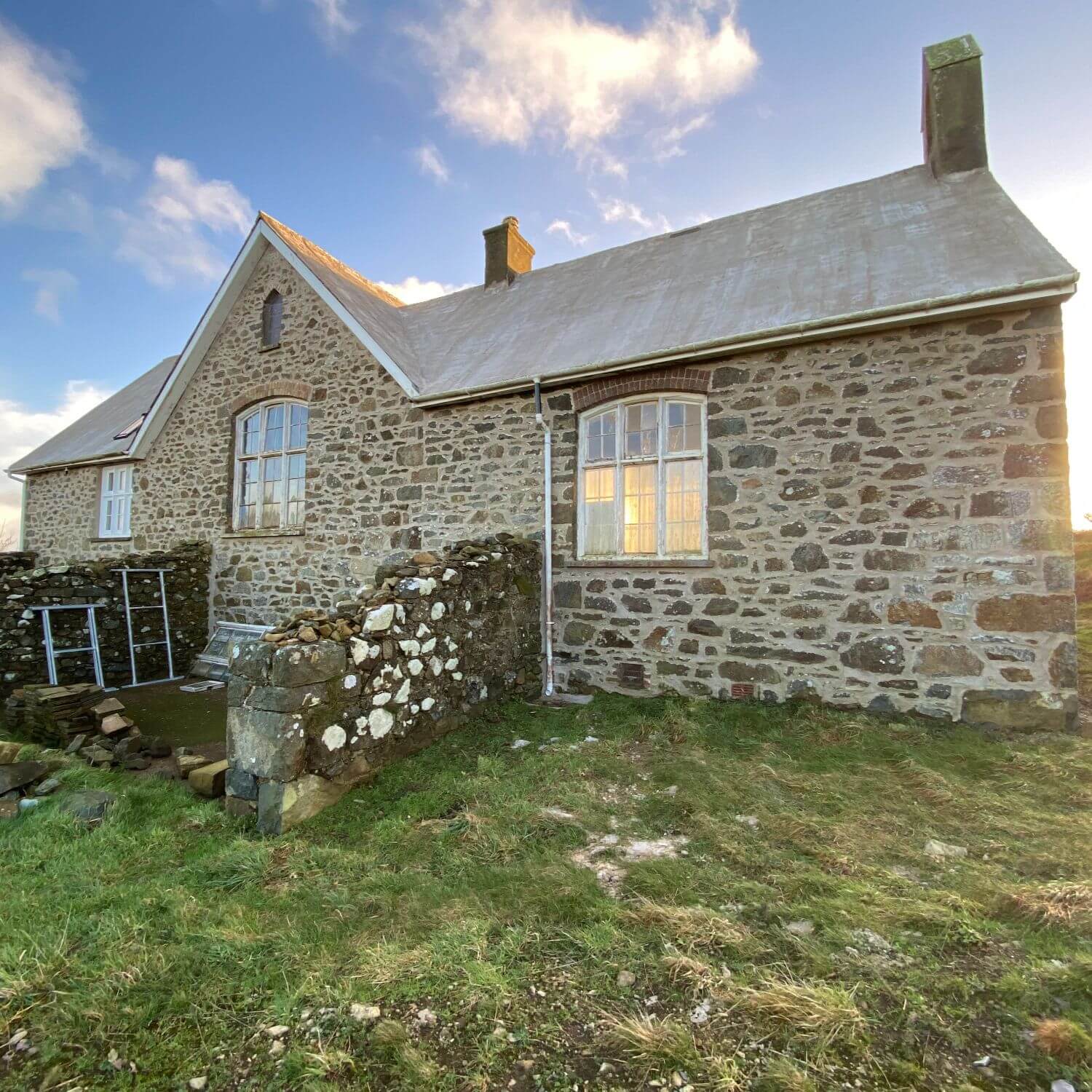
Share
As many people look at their home’s energy use, we take a look at a case study of a C+A Design project examining what can be done in a tricky, but not uncommon, situation. The building in question is a former school, built in the 1870’s, in a prominent and exposed location in the Pembrokeshire National Park. The tricky element of this retrofit was the solid stone walls, which were a big area of heat loss. External insulation was out of the question as it would alter the buildings appearance dramatically, a move that would contravene planning policy in the National Park.
In past years the approach may have been to build a new stud wall internally and insulate this with a rigid foam insulation. While this approach can have its place it risks the stone wall and the cavity becoming damp and mould growing in the cavity. A possible solution to this is to ventilate the cavity but this results in much of the benefit of the insulation being lost via a process known as thermal bypass. The clients were also keen to avoid use of oil-based products where possible.
The solution opted for was fully breathable solution allowing the moisture within the wall to be controlled. Wood fibre insulation was used, along with lime plasters, including an insulating levelling plaster and a clear external water-based siloxane that reduces the absorption of rain into the wall while remaining breathable. Crucially the building was also repointed with a lime mortar, ensuring the walls were in good condition. A mechanical ventilation system with heat recovery (MVHR) has also been installed which helps control the humidity levels internally, meaning less water vapour is entering the walls.
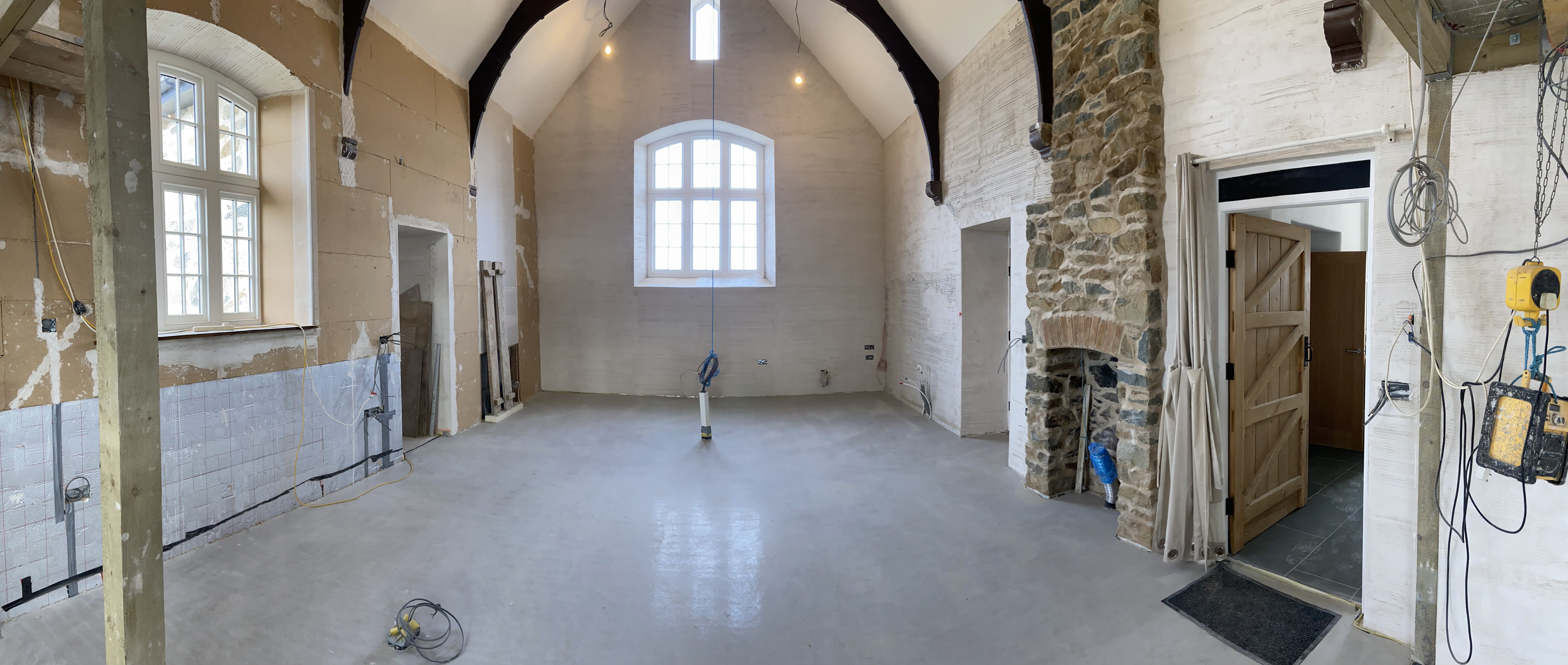
To give reassurance that there would not be problems with moisture in the wall, caused by interstitial condensation (the process where water vapour becomes liquid water within the wall), a simulation was undertaken using WUFI software. This uses a dynamic modelling technique to examine how moisture moves through the walls over several years.
The system designed provides a U-value of 0.30W/m²K, with conservative assumptions about the existing walls, the same as expected by building regulations for a brand-new house. The owners are delighted about how comfortable the spaces are, and how little energy is needed to run the property. They love that so much of the buildings character has been retained, and enjoying knowing the materials used have lower embodied carbon than many of the alternatives.
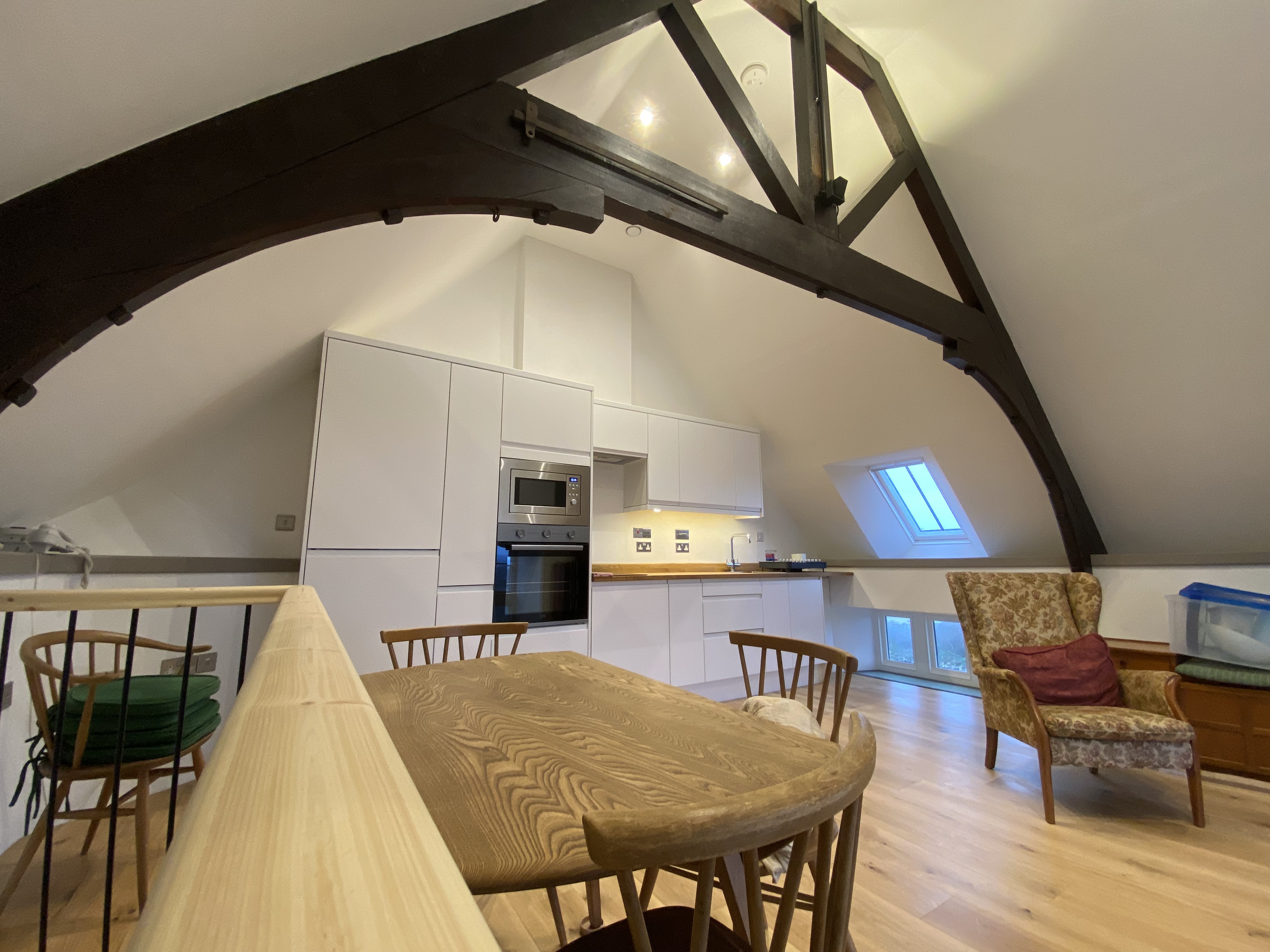
C+A Design have provided a full service on this projected including planning advice, and building regulations and construction packages.
